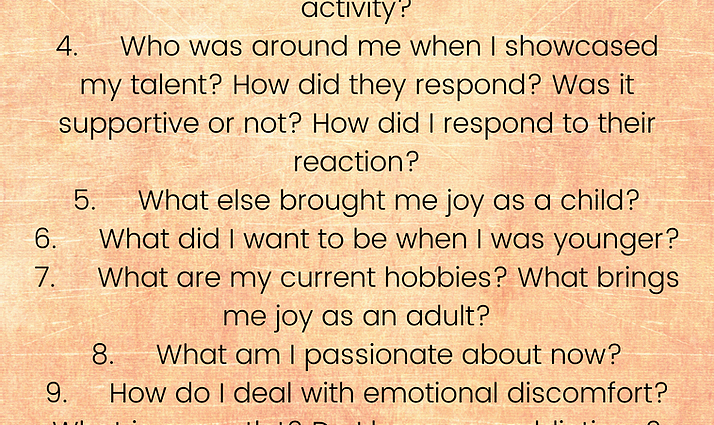We all know how important it is to get in touch with our inner child from time to time: our immediate, living, creative part. However, this acquaintance is healing only under the condition of careful handling of their past wounds, psychologist Victoria Poggio is sure.
In practical psychology, the «inner child» is usually regarded as the childish part of the personality with all its experience, often traumatic, with the so-called «primitive», primary defense mechanisms, with urges, desires and experiences that came from childhood, with a love of play and a pronounced creative start. However, our children’s part is often blocked, squeezed within the framework of internal prohibitions, all those “not allowed” that we learned from an early age.
Of course, many prohibitions had an important function, for example, to protect the child, to teach him appropriate behavior in society, and so on. But if there were too many prohibitions, and the violation entailed punishment, if the child felt that he was loved only obedient and good, that is, if the behavior was directly related to the attitude of the parents, this could lead to the fact that he subconsciously forbade himself to experience desires and express yourself.
An adult with such childhood experience does not feel and does not understand his desires, always puts himself and his interests in last place, does not know how to enjoy the little things and be in the “here and now”.
When the client is ready to go, contact with their childish part can be healing and resourceful.
By getting to know the inner child, giving him (already from the position of an adult personality) the support and love that for some reason we lacked in childhood, we can heal the “wounds” inherited from childhood and receive resources that were blocked: spontaneity, creativity, a brighter, fresher perception, the ability to endure setbacks…
However, one must move carefully and slowly in this field, since in the past there may be difficult, traumatic situations with which we have learned to live, which may have been separated from our «I», as if it did not happen to us (dissociation, or splitting is just one of the primitive defense mechanisms of the psyche). It is also desirable that such work be accompanied by a psychologist, especially if you suspect that you have a painful childhood experience, which you may not yet be ready to touch.
This is why I usually don’t offer clients work with the inner child at the beginning of therapy. This requires a certain readiness, stability, inner resource, which are important to acquire before embarking on a journey to your childhood. However, when the client is ready for this work, contact with his childish part can be healing and resourceful.










